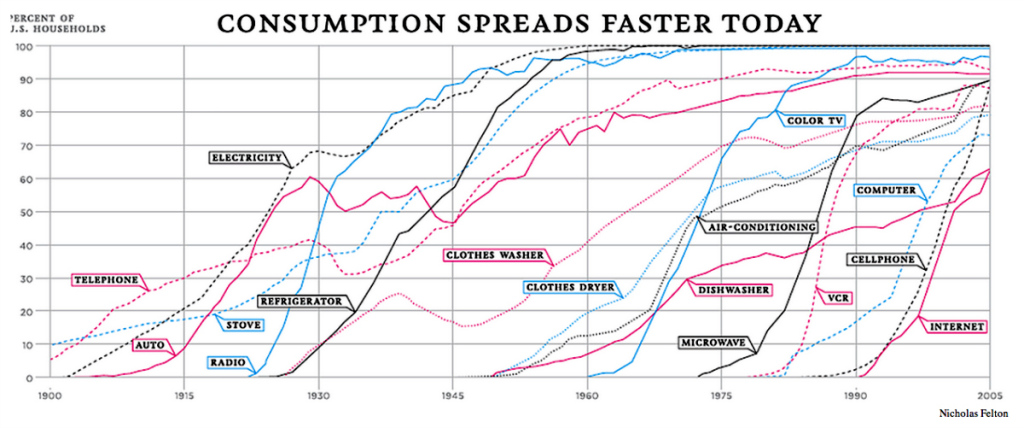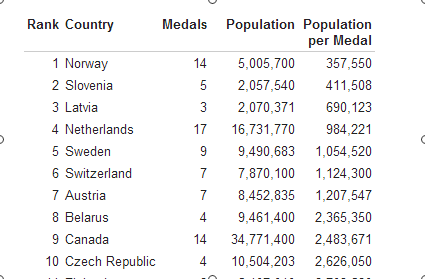We will host an Economics Tea on Monday, April 21 at 4:30 in Briggs 217 to convene for lively discussion and delicious pie. Faculty will be available to discuss pre-registration and give advice to anyone interested in learning more about the department major. We will once again be offering various types of pie.
For the Google-impaired amongst you, here is a link to the major and minor requirements.
Key things for potential majors to know:
The core series sequence is Micro Theory (ECON 300), Econometrics (ECON 380), and Macro Theory (ECON 320). These are generally offered once per year, with ECON 300 in the fall, ECON 380 in the winter, and ECON 320 in the spring. We believe that taking these back-to-back-to-back is a good strategy.
You need calculus (MATH 140 OR MATH 120 & MATH 130) in order to take Econ 300.
You need calculus in order to take Introduction to Probability and Statistics (MATH 207). Math 207 is only offered in the fall term each year.
You need MATH 207 and either ECON 300 or ECON 320 in order to take Econometrics (ECON 380). We recommend that you take MATH 207 in the fall and ECON 380 in the winter.
The full schedule is right here.







